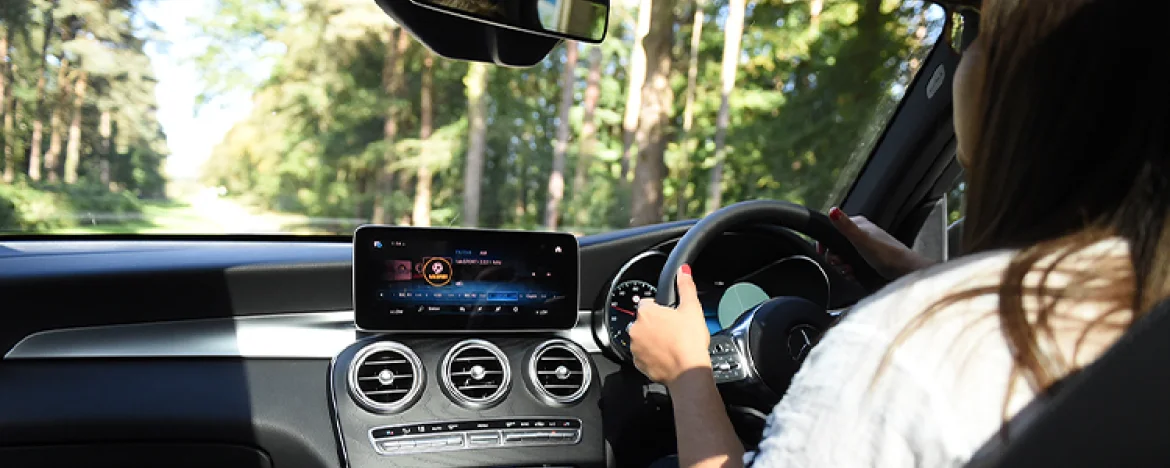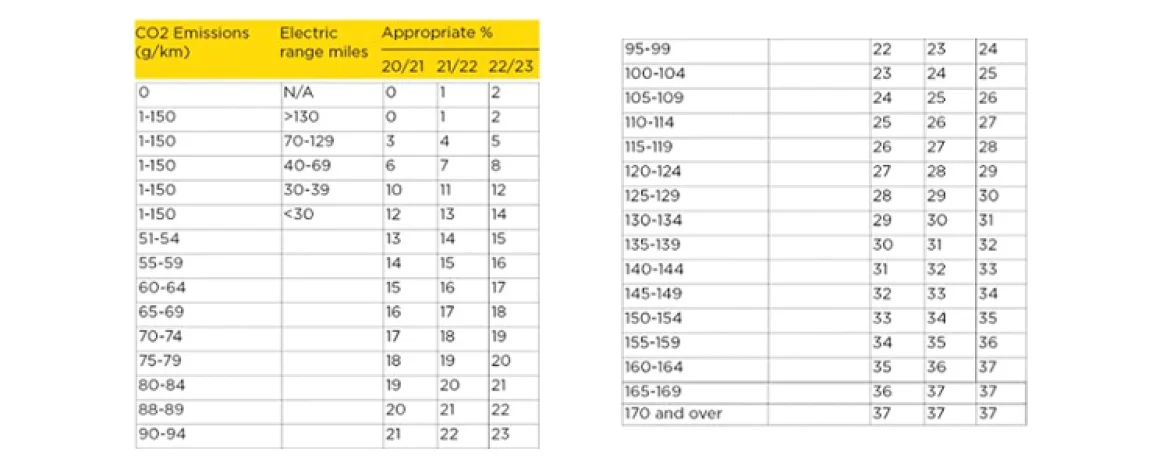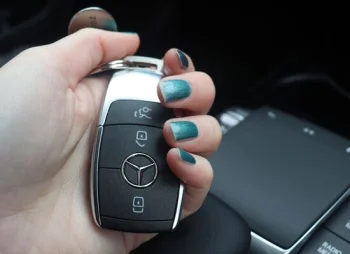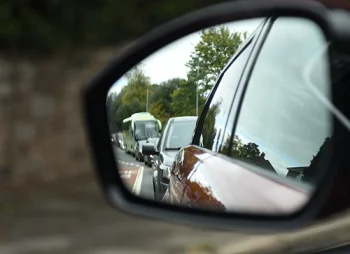What are the current company car tax regulations?
In an effort to reduce and regulate the overall emissions of cars on the road, the government offers incentives for companies to provide their staff with more economical company cars. Whilst it has more recently been in the interest of the company to provide employees with cars that produce fewer emissions, even a fully electric vehicle incurred company car tax charges before April 2020.
What were the changes to company car tax?
As of April 6th 2020, the benefits from choosing a purely battery electric vehicle (BEVs) or plug-in-hybrid vehicle (PHEV) increased dramatically. Those who now choose to drive a fully electric vehicle as their company car, or already do so, will not have to pay any benefit-in-kind (BIK) tax in 2020/2021. In the following years, whilst it won’t be zero, the rates will be just 1% in 2021/2022 before going up to 2% in 2022/2023. To put this into perspective, before these changes, BiK was charged at 16% even for fully electric vehicles
See the below tables to show the changes to BIK rates for cars first registered after April 2020. Rates for 2023/24 onwards are yet to be confirmed.
Rates for cars registered after April 6th 2020






